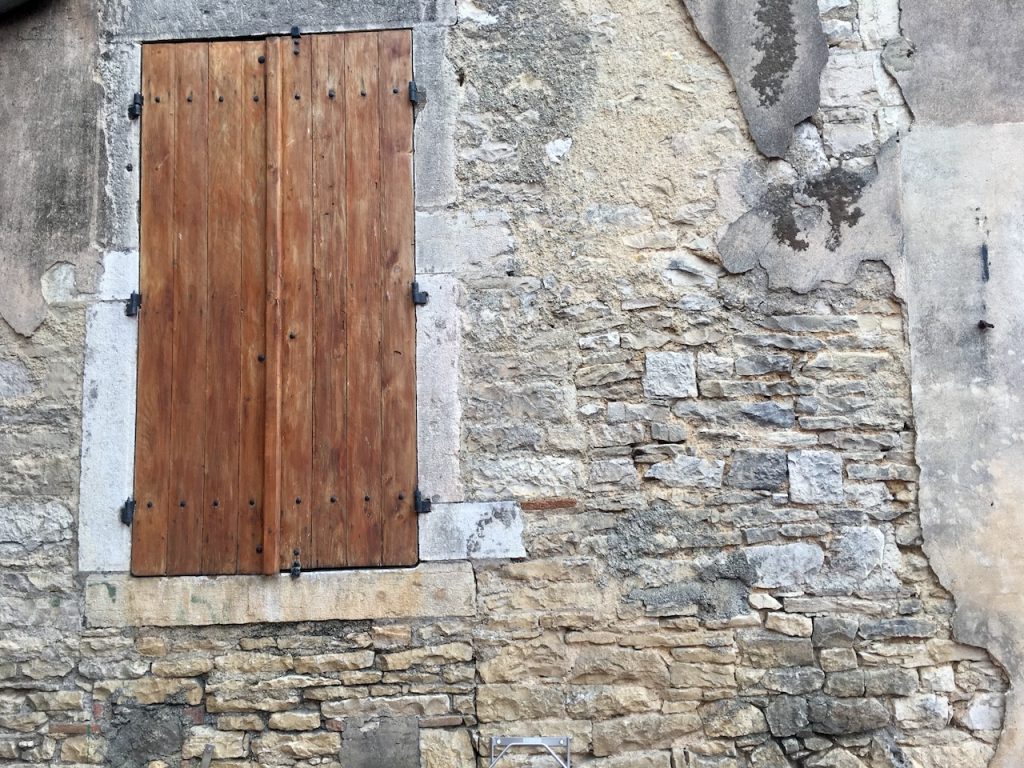Meg Maker explores the second sense in wine — texture.
For a few days last week, a rhinovirus gripped my system. My normally prismatic sensorium went dark. Flavours were reduced to the basics: salty, sweet, bitter, sour, savory. My morning tea was hot, astringent, wet but curiously drying. A segment of orange was cold and juicy, sweet and sour. Cheese seemed sticky, fatty, salty. Bread was spongy, chewy, neutral. Food did not taste as much as feel. It was a good reminder to be thankful for flavour. But also thankful for texture, which endures.
In my recent wine writing, I’ve been lightening up the olfactory descriptors and leaning into texture. Partly that’s because it’s hard to make connection using flavour. Flavour happens to be one of the hardest of the human senses for English speakers to communicate about, and reaching across cultures with metaphorical and associative terms adds even more complexity. Partly it’s because of my growing admiration for older writing focused on wine’s personality and typicity, its overall character. But mostly it’s because flavour is profoundly personal, and my few taste words can sketch only my own experiences. They don’t tell the wine’s whole story. They arguably aren’t even essential to the plot.
Other wine pros are likewise gravitating toward textural descriptions. Sommelier Pascaline Lepeltier is one. In a recent Decanter piece, she reminded us that the tastevin, commonly used the 19th century, downplayed wine’s aromas and flavours while heightening its mouthfeel and length. She suggested we focus on wine’s palate sensations instead of flavour notes, because “The nose can be deceived, but the mouth less so.”
Wine author and critic Matt Kramer also celebrated texture in his book, True Taste: The Seven Essential Wine Words. He argued that a wine’s structural components can convey most of wine’s fundamental truths, from youth through maturity, finding these more “meaningful” than flavour descriptors. “You can feel quality as well as taste it,” he asserts.
Nick Jackson MW, in studying for his Master of Wine exams, noticed that every grape variety seemed to have its own textural signature. For blind tasting identification, Jackson found the grape’s textural character more useful than aromatic descriptors, because those tend toward repetition (“citrus, apple, vanilla,” rinse and repeat). He summarized his discoveries in his book, Beyond Flavour: Wine Tasting by Structure.
So, what would it look like, a wine literature focused on texture? Writers would need to get creative. No more “medium-plus this, medium-minus that.” We’d have to reach for words that make the prose denser, richer, more chewy, more — textural. To think about the wine’s shape, impact, location. Where it hits our tongue and teeth, what it does to our salivation. How wine’s texture shifts through time, on micro and macro scales. Whether texture is something felt solely by our nervous system, or if it can also be felt poetically, by our spirit and our heart.
Here’s the most exciting part: Wine writers could switch on readers’ palates. Because words themselves have texture. They have literal texture, in the mouth, when we speak them. They also have virtual texture, in the mind, when we imagine them.
“Taste, sluice, spit, liquid, crackle, crunchy, silky, fizz, pop, juice.” Say them out loud, noticing what happens with your mouth and tongue. Now say them silently to yourself, imagining those feelings in your mouth. Some are onomatopoeic (“pop!”), but all of them are freighted with semantic overtones. They have meaning, but they also engage us at a level of visceral not-quite consciousness. Such words make physical shapes on the palate. They feel like something. And maybe even taste like something.
A wine literature based on texture doesn’t need to rely on metaphor or analogy. It doesn’t need point scores or analytics. When wine writers discover words whose shapes match the texture of the wine they’re tasting, they can write that feeling straight into a reader’s mind and body. That’s one step closer to connection.
Photo: Texture in the village of Vosne-Romanée.
Credit: Meg Maker

